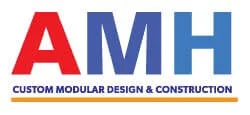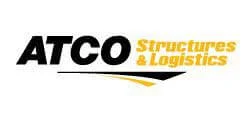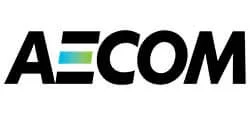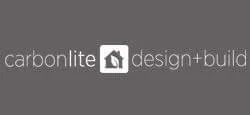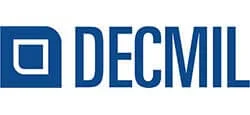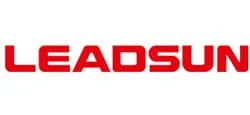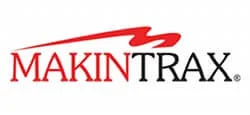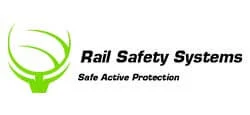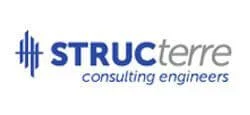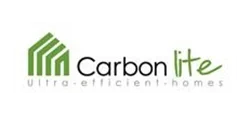FAQs
All Surefoot pile caps are fabricated using 350+ grade plates with variable thickness, starting with the T150 at 4mm thick to the S600 at 10mm thick, the driving guides are custom made to suit the micropiles.
The micropile is one of the main components of Surefoot. Each micropile is driven into the ground and together they resist the loadings applied to the Surefoot cap.
The size of our micropiles is a standard 32 Nominal Bore pipe with a minimum gauge of 2.6mm, although thicker gauges can be selected. They come in Hot Dipped Galvanized finish.
The Surefoot loads are determined using the relevant Australian Standards calculations. Surefoot can receive loads of up to 36 Tonne depending on the model. Further capacities can be achieved by combining models in groups and joining with steel sub frames. Surefoot is one of the only systems that has the capacity to resist high bending moments which means that it can be used for many purposes beyond typical construction such as communication towers, masts and wind turbines.
Depending on soil and environment characteristics, the minimum life span of a Surefoot system is over 50 years.
The smallest T150 and S250 caps can be installed in as little as 10 minutes, the larger high capacity caps S500 and S600 take between 30 and 45 minutes. Imagine, a complete foundation for a home installed in under a day with construction commencing on the same day.
A standard jackhammer with a rating of 45 Joules is the main tool required to intall Surefoot. Please read our Installation Manual to see all of the equipment required to install.
It’s not necessary to level the land to build with Surefoot. Surefoot simplifies the construction process and adapts to the land without increasing costs. Surefoot can add value to heavily sloped sites that were traditionally prohibitively and costly to build upon.
When installing Surefoot in dense urban and industrial areas, it is prudent to contact “Dial before you dig” and have plans of existing infrastructure before installation commences. If this is not available, cabling and pipes can be located with a basic CAT scanner. Once located there are two options, change the location or position of Surefoot to avoid the infrastructure or use a 2 or 3 way Surefoot model that has the driving directions of the micro piles changed.
By using the Surefoot 2 or 3 way bases with the correct micro pile directions, Installation can avoid known obstacles such as foundations of existing building boundary conditions of the allotment.
Depending on the applied loadings, Surefoot can be used in many applications on soils with low capacity. Our system allows for the use of micropile extensions to drive the piles further to a soil layer with a higher resistance value
By referring to each soil test, our engineering team can determine the appropriate pile embedment to minimize the impact of seasonal movement in soils.
Depending on the applied loadings and the type of rock encountered, our Engineering team can assess the best footing solution in soils with rock layers. Please read our Rock Policy in our installation manual here.
When dealing with marine or very aggressive environments, Surefoot can be manufactured in Stainless Steel. Our pile caps can also be coated with marine-grade coatings.
When required, the footing system is certified by a Registered Engineer/ practitioner who supplies computations, layout plan and certificate of Compliance- Structural Design to the Australian Building Code
The product has been officially tested to European, Australian and International standards. In Australia, it has been tested for research and innovation purposes by Swinburne University. In Europe it has been certified by Lloyd’s Registry to meet the requirements of all relevant Euro Codes. In addition to this, Surefoot has conducted many unofficial testing over the years for internal research. On a more recent note, our company has been engaged for a joint research venture led by the Australian Federal Government in collaboration with both Swinburne University and Melbourne University, this research will have a joint finance of $500,000 for more research and development of our products. Please visit our Resources page to see some of our certifications or contact our Engineering and Design team for further information on the matter.
For quotation purposes, our team only requires a basic diagram of the structure and a description of the project’s location and soil type. This service is free of charge. For Certification purposes certified drawings and a soil test are required.
Surefoot does not disturb the land and soil of the job site. There is no need to level, cut and fill or change the landscape (unless specified). Surefoot does not disturb natural drainage patterns and can be installed around treed areas avoiding the use of root barrier systems, since the piles do not damage the tree roots. Surefoot eliminates or drastically reduces excavation, even when used in conjunction with concrete.
For many applications Surefoot offers a superior solution to traditional concrete foundations. This is especially true when building on sloping sites, weak soils or if the structure is subject to large bending moment loads. Surefoot eliminates or greatly reduces excavation and heavy machinery on the job site.
Other Steel piling systems such as helical piers and screw piles are relatively expensive solutions that are normally specified when there is a particular construction problem to resolve. Surefoot offers various advantages over these systems, Surefoot is more precise, has higher capacities (Price/capacity ratio) and is easier to install. Special drilling augers and other equipment are not needed, just small portable tools. Surefoot is the only system that can compete with concrete in normal building conditions, due to its great capacity in bending moment, which can be very low on screw piles.


